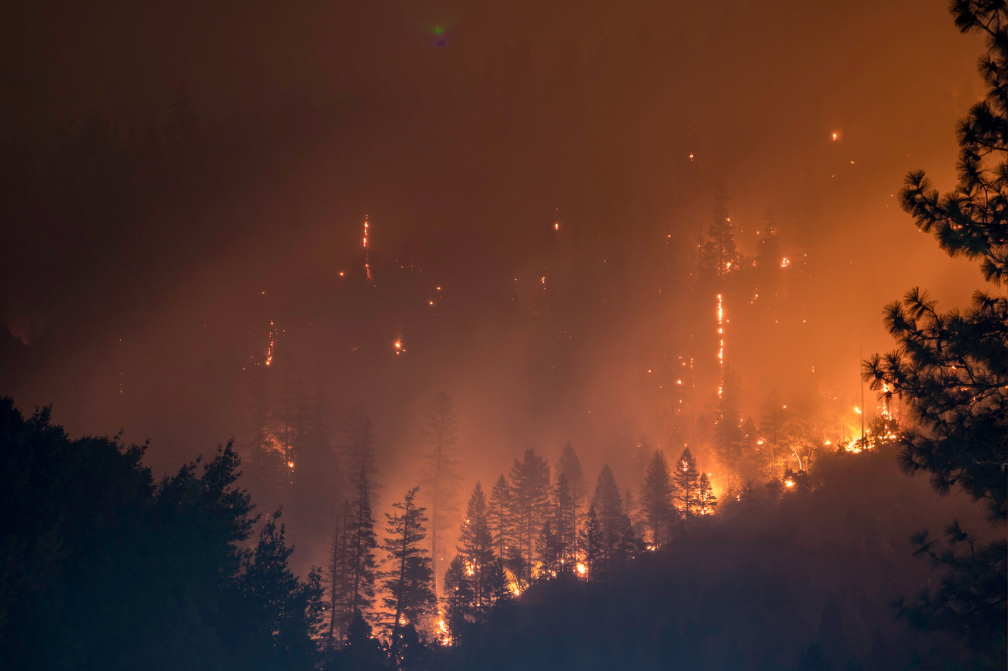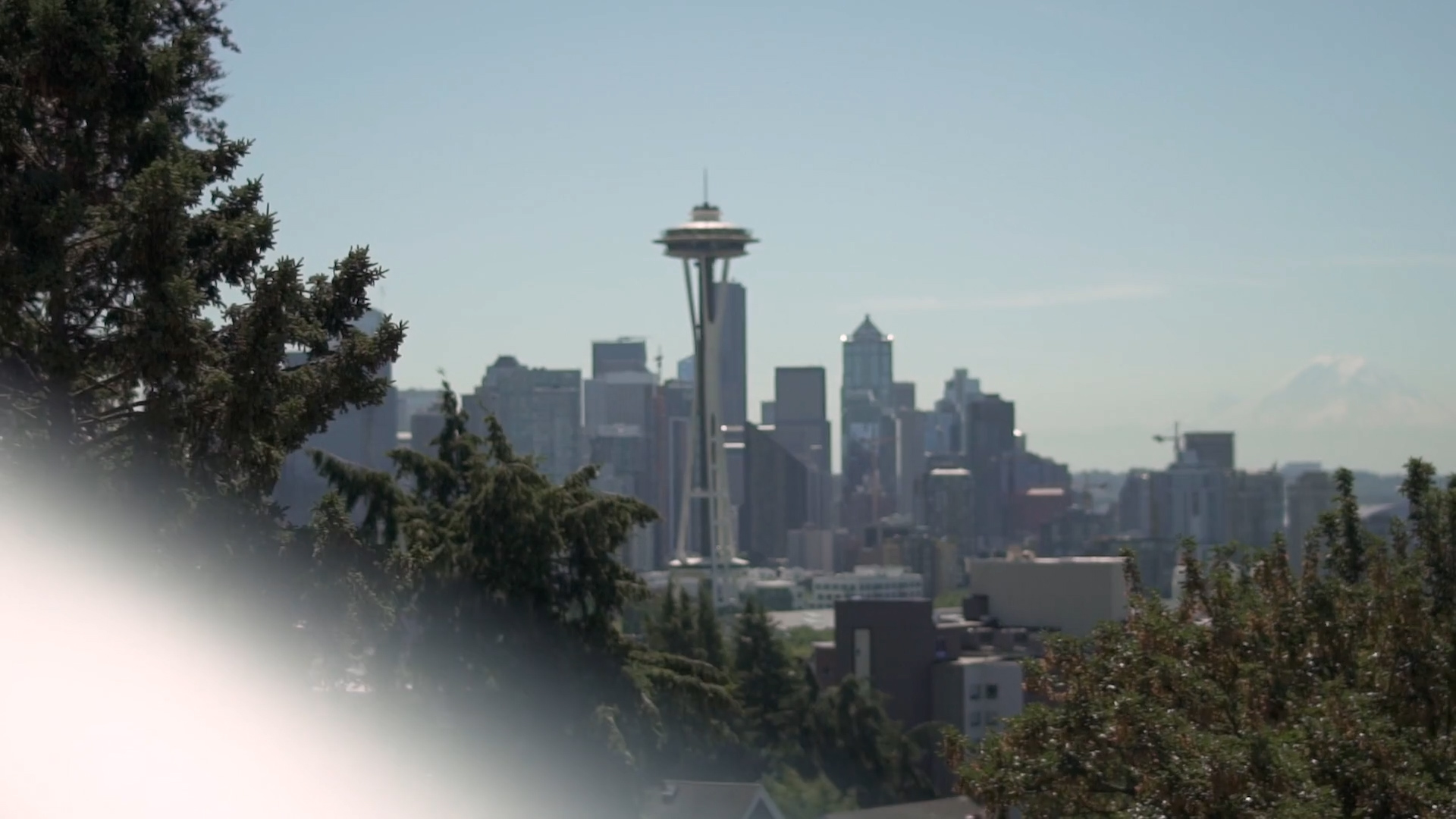
Dr. Hess Collaborates on New Report, Tool Addressing Extreme Heat in WA

It’s been two years since Washington State faced an extreme heat wave that shattered records. In late June 2021, the heat dome caused the state to set 128 all-time high-temperature records and during this period, 126 Washingtonians died due to heat-related causes according to official estimates.
This unprecedented event brought much-needed awareness to extreme heat, but two years later, a new report shows there is still work to be done to save lives.
 The report titled, ‘In the Hot Seat: Saving Lives from Extreme Heat in Washington State’ is a collaborative effort between the Center for Health and the Global Environment (CHanGE), the Climate Impacts Group as well as the Washington Department of Health, Gonzaga University’s Center for Climate, Society, and the Environment and the Office of Washington State Climatologist (OWSC).
The report titled, ‘In the Hot Seat: Saving Lives from Extreme Heat in Washington State’ is a collaborative effort between the Center for Health and the Global Environment (CHanGE), the Climate Impacts Group as well as the Washington Department of Health, Gonzaga University’s Center for Climate, Society, and the Environment and the Office of Washington State Climatologist (OWSC).
The report reveals where Washington State can make improvements to prevent more deaths from heat in the future.
“We’ve enjoyed our mild climate for a really long time, and that climate is changing,” said Dr. Jeremy Hess, the director of CHanGE and a Professor in the Department of Emergency Medicine. “We’ll have more frequent, more severe, and longer heat waves. And we are not that well prepared for that, particularly in Western Washington which is cooler than the eastern side of the state.”

Hess said that while everyone can be impacted by extreme heat, there are groups at high risk. This includes elderly people, children, pregnant people, and people with chronic medical conditions. Those who are unhoused, in marginal housing, or in poverty are also more vulnerable.
There are resources in place for extreme heat in Washington, but the report notes that cooling centers are oftentimes under-utilized and emergency advisories sent out via the media are not always heeded.
“People don’t like to think they’re at risk for anything,” said Hess. “Sometimes people are not always excited to go to a cooling center. That means getting up. They may have mobility issues, trouble getting around, and transportation may not be easy—especially in the city. Or if they’re in a more rural area they have to travel a long distance to go somewhere that’s not where all their stuff is. People like to be around familiar things, familiar people. Going to a cooling center could be a hard sell for them if there’s not a particular reason.”
Hess said the other challenge is linguistic isolation. Those who do not speak English as their first language may not receive extreme heat messaging.
“They might not have regular access to news media, they might not be online much. So getting the messaging to them requires using other sources, trusted community voices and contacts, and networks. Communicating more in-person than through mass media.”
The report highlights other short-term and long-term solutions, like addressing extreme heat in building codes and urban development, expanding energy assistance programs for cooling, and increasing tree canopy and shade structures, without causing gentrification.
There is also a new tool available to look at the risk of heat in communities. It's called the Climate Health and Risk Tool (CHaRT) where users can see how drivers of heat health risks are related to one another. You can also find more information on preventing extreme heat with air conditioning, green roofs, and increasing protections for workers.
“The tool that we’ve developed provides some of that information-specific insight into what drives risk in a given community and what can you specifically do to redress that risk,” said Hess.
Hess said that fighting extreme heat will take more than just one entity.
“This is not something that people in medicine and public health can do by themselves. This requires coordination on the part of the government, it requires collaboration across a bunch of different sectors and parts of the community, community-based organizations. Health care of course, public health of course, but also utilities, urban planning, parks, and recreation,” said Hess. “Washington has a lot of opportunities to learn.”
To read the full report, click here.
To view the Climate Health and Risk Tool, click here.








